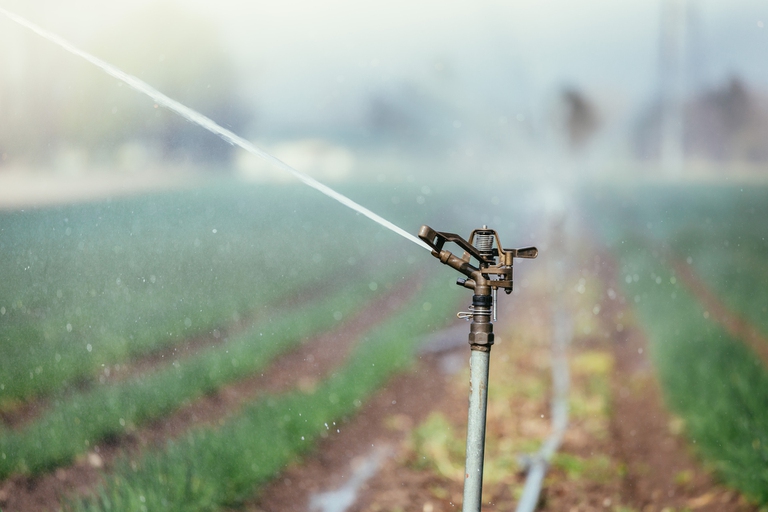https://www.lifegate.it/pfas-plasma-latte-materno-cibo
- |
- The body's exposure to Pfas also occurs through food contaminated by these chemicals.
- According to the observations of one study, there is an association between the consumption of eggs, rice, coffee, fish and red meat and higher levels of Pfas in plasma and breast milk.
- It is hypothesized that these foods are contaminated through irrigation water, the soil where animals feed, pots and packaging.
Highly polluting and non-biodegradable chemical substances, Pfas are present everywhere and are there many ways they can contaminate food, from cooking with non-stick pans towater used for irrigation crops or for cooking.A recent one study conducted in the United States investigated theexposure to Pfas through food analyzing the diet of pregnant women and the levels of Pfas in the body. According to the observations made, a greater consumption of egg, coffee And white rice, but also of fish products And red meat during the pregnancy is associated with higher concentrations of Pfas In the plasma and in breast milk.

The Pfas, perfluoroalkyl and polyfluoroalkyl, they understand thousands of chemical compounds used in various fields for their properties iwater-repellent, antifouling and flame retardant and they are called “chemicals forever” Why they do not decompose naturally.Several studies have shown how Pfas accumulate in the body and are associated with cancer, congenital defects, diseases of liver and of thyroid, to infertility problems.
How diet can affect Pfas levels in plasma and breast milk:the study
The study was conducted on 3 thousand pregnant women:in particular, it was observed that the intake of fish, seafood and eggs was positively associated with plasma Pfas, that the consumption of white rice was positively associated with Pfoa, substances that belong to the Pfas group, in milk, and that the consumption of red meat was positively associated with Pfos, among the most common and dangerous Pfas compounds, always in milk.
Pfas:possible sources of food contamination
These foods are not inherently risky, but it is the contamination they suffer that makes them a potential health hazard.The authors of the recent study hypothesized that rice becomes contaminated with Pfas via polluted soil or irrigation water or through the non-stick pans.As for eggs, it could be through the soil fertilized with sewage sludge where chickens are fed and the same goes for beef.For coffee, thepreparation water, i filters, i paper cups.For fish and seafood the source of contamination iswater pollution.
“The findings point to the need to responsibly manage the environment and keep PFAS out of the food chain,” he said Megan Romano, researcher of Dartmouth College and lead author of the study.“We are now in a situation where PFAS are everywhere and will remain even if we take aggressive corrective measures.”

To reduce exposure to Pfas, scholars suggest giving priority in the diet fruit and vegetables And whole grains, associated with lower levels of Pfas, and to diversify the protein sources.
